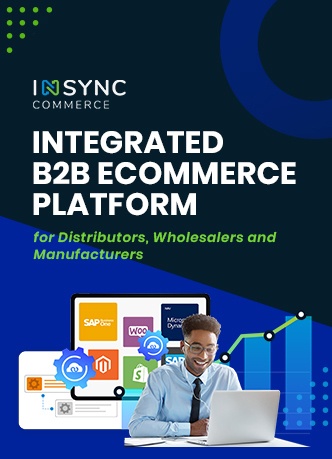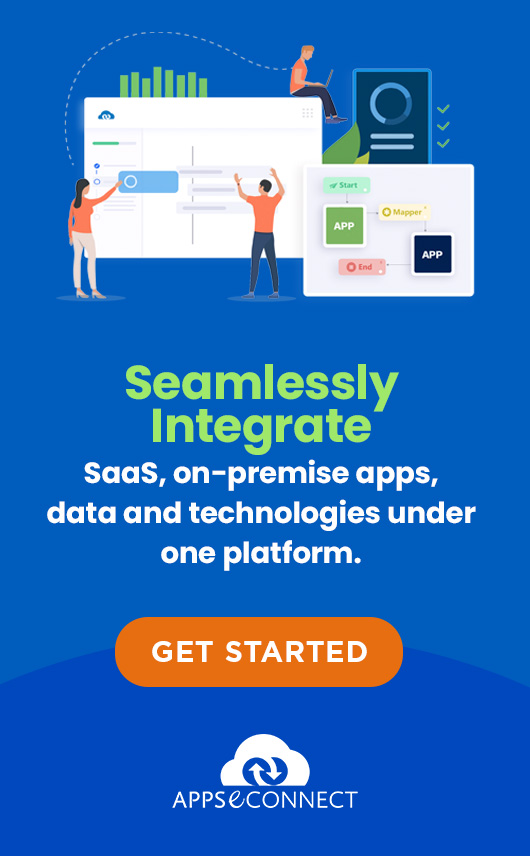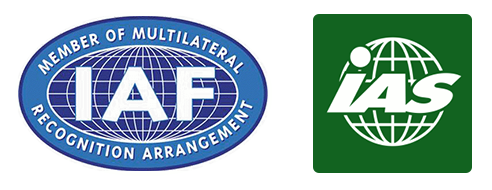Now a days customers are really connected over social networks and internet, they are redefining the retail industry. Customers are now savvier and demanding, they want to be digitally engaged with the business. So driving customer loyalty and unified personalized customer experiences is really challenging. In this blog we will get to know about SAP for Retail in the area of Merchandise Lifecycle.
SAP for retail provides personalized experiences across all channels, business models, and customers for retail industry. SAP can help you to create differentiated values and increase customer engagement. As unusual, SAP Solutions offer view of real-time data and analytics you need to plan the variety to meet your customers’ need. It provides real-time visibility across your business, which helps you to plan distribution better locally and globally.
Retail business has several aspects to focus before you evaluate and start using SAP Retails solutions or any other similar solution. In a series of blogs would like to focus on various areas of retail business, such as ‘Merchandise Lifecycle’, ‘Supply Chain Management’, and ‘Store & Multi Channel’.
Here is a process flow diagram of Retail Trading –
From procurement to sales there are many functions in retail business. ‘Merchandise Lifecycle’ is a particular area where we should start to know about this vertical and the SAP Solutions around it. Merchandise, it simply means the articles in retail industry or the products on which the business does the actual trading. Following business areas are most common around merchandise of Retail business.
Article Master and Listing preparation – Merchandise Lifecycle may start with planning and preparation of Article master data and its listing. Next the sources from where the merchandise can be produced need to be planned and maintained. Once the listing and source are more or less ready then the Merchandise are procured through purchasing functions. A few sub-functions of purchasing can be as follows.
- Purchase Orders
- Requirements Processing for Request for Quotations (RFQ)
- Processing Purchase Orders
- Order Optimization
- Invoicing
Consignment from vendor or internal manufacturing
Once goods (articles or products or inventory items) are received in warehouses, allocation and distribution of the same need to be carried out. This is to replenish the stores and various other stock locations. Then in every store and location, pricing and promotions of Merchandise can be defined apart from centralized one.
In the meantime when warehouses and stores are filled up by goods (articles or products) then Inventory Management is an important aspect in Merchandise Life cycle. In this function following sub-functions are generally involved.
- Stock Management
- Inventory Valuation
- Maintaining Stock Ledger
- Stock Relocation
- Returns Management
- Physical Inventory
Another important aspect of Retail business is maintaining the right product variety or assortment, which is one of the key tasks within determining the right assortments matching consumer needs.
Now let’s check out some functions available in SAP IS Retail to handle Merchandise Life Cycle.
SAP Retail Solution supports step-by-step cooperation and coordination in development, implementation, and monitoring of business plans. IS Retails comprises of the following modules.
Demand Forecasting
To gain customer understanding it us of utmost importance to have a forecast of consumer demand measured by store sales as well as by consumption data through various channels. A “Demand Based Forecast” can support various applications such as Replenishment, Merchandise & Assortment Planning, ERP, and Workforce Management.
Merchandise, Assortment & Space Planning
This module contains processes to optimize product variety i.e. assortment by defining the products for store groups or a single store. Category plans are optimized by integrating planning decisions based on powerful analytics with the operational tasks necessary for assortment strategies.
Item Management
This module supports various functions for creating and maintaining items with all necessary attributes in your company.
Retail Price Management
Price and Revenue Management allows retailers to stay profitable in highly competitive markets. It helps to face the challenge of low margins and broad assortment breadth.
Promotion Management
Promotion management comprises of all processes, which retailers need for setting up their strategic merchandise budget plans, maintain promotional assortment as well as implementing the promotion program.
Markdown Management
Markdown Planning and Optimization identifies the optimal frequency, timing, and amount of price reductions to insure the most profitable situation of merchandise in order to maximize sales and margins.
So this was all about “Merchandise Life cycle” in Retail business, please follow our next blog on “Supply Chain Management” of the Retail vertical as a continuation of this blog.
You may also like:
SAP Business One 9.1 now available in Ramp-Up
Licensing Improvement in SAP Business One 9.0
SAP Business One Success Story


















